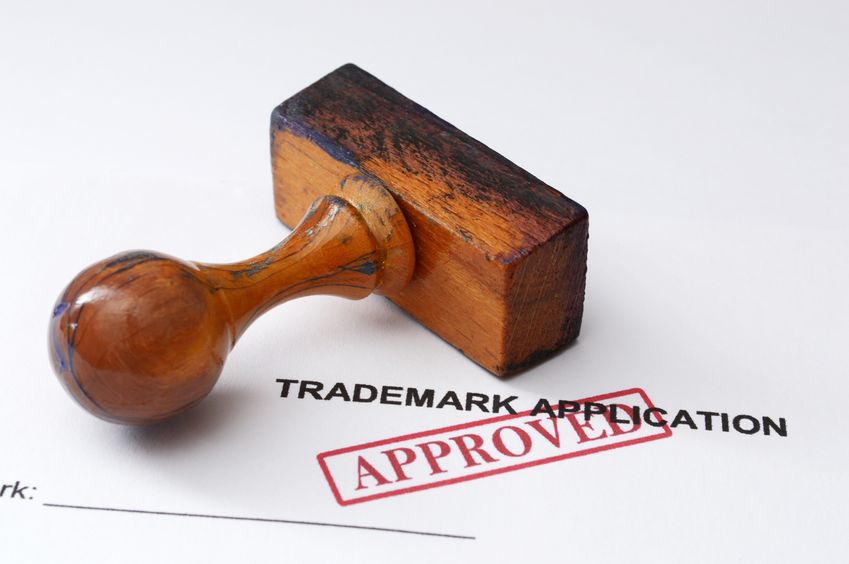To protect and grow your business, its brand name and logos, you’ve filed the necessary trademark application for those assets with the U.S. Patent and Trademark Office (USPTO). But, months later, you hit what might seem like an insurmountable roadblock: a challenge to your application from the USPTO via an Office Action.
Receiving an office action during the trademark application process may slow down your trademark application’s progress, but it is an opportunity to review and revise your trademark with your attorney to make sure you are fully protected. Here are some tips to successfully answer an Office Action.
What is an Office Action?
Trademark office examining attorneys, who are assigned to review and approve or reject applications, typically send out Office Actions within about 2.5 to 3.5 months after an application is filed. These are formal responses that initially reject your trademark application due to various problems they find with it. The Office Action explains why trademark registration has not been granted and what requirements applicants must meet to receive a trademark.
Non-Final Office Action vs. Final Office Action
The USPTO issues two kinds of office actions – a non-final office action and a final action. The non-final office action typically comes at the beginning of the examination process. In it the examining attorney raises issues with a trademark application for the first time. At the beginning of the process, some common concerns raised by trademark examiners include:
- That a proposed trademark is too generic.
- That the desired trademark could be confused with an already registered trademark or pending trademark application (“Likelihood of Confusion”).
- That it’s only descriptive of an ingredient or function of a product or service.
- That the mark is based primarily on a geographic region.
- That the trademark applicant did not supply appropriate or acceptable proof of use of the trademark.
- Some other technical issue with the application itself.
You will have six months from the date the office action was sent to respond to all of the issues that the examining attorney has raised. If you do not answer within that time frame, your application becomes abandoned and ultimately considered “dead.”
A final office action comes at the end of the review process when the examiner denies the application. If your application is rejected at this stage, you can appeal to the Trademark Trial and Appeal Board. This becomes an extremely long and complicated process that can take many hours, and, for this, you absolutely need an attorney. You want to avoid reaching this stage because it is much more costly to be here than to have an attorney handle the entire trademark application and Office Action response process.
How to Respond to an Office Action
Office Actions are a common hurdle for trademark applications.The Office Action is likely is filled with confusing legal terms and arguments that, for a non-attorney, can make it all the more complicated. That should come as no surprise. Once you’ve filed a trademark application, you’ve launched a legal proceeding that is ruled by specific federal laws.
Here are five steps for responding to an Office Action.
1. Don’t panic.
Read through the entire office action carefully and more than once. The trademark office recommends numbering each of the issues raised to outline all of the matters that your attorney needs to respond to.
2. Hire an experienced trademark attorney.
If you didn’t involve an experienced trademark attorney from the beginning, this is the time to hire one so you can get past these challenges and get your trademark registered. The USPTO itself recommend that you hire a trademark attorney. Trademark attorneys who work regularly with the trademark office have the expertise and background to turn up potential problems even before an application is filed and more swiftly respond to technical and legal concerns once an Office Action is issued.
3. Start working on your response.
You have six months, but there’s no reason to delay sending back your response. The longer you wait, the longer your trademark registration will take. You also don’t know how long it will take your attorney to answer the Office Action depending on its complexity. And if you don’t send in your reply in time, the trademark office could consider your application abandoned.
4. Ask for clarifications.
Your attorney can contact the examining attorney who can answer your questions and explain their point of view. Just remember: They can only lay out their reasonings behind an Office Action, they can’t help you craft your reply. The examining attorney challenging your application is not working for you.
5. Answer every concern.
Some issues raised in the Office Action may be easy to quickly resolve. Others will require you to make legal arguments that, for instance, demonstrate why your trademark isn’t too generic or easily confused with another. Those could take several hours of work. Address each concern carefully. If you fail to respond to even one of the issues, you face the ultimate rejection of your entire application.
With an experienced attorney, applicants can help speed up the process to get a trademark approved so they can put their focus on building their own business. At Gouchev Law in New York, we help companies of all sizes obtain the trademark and IP protection they need to grow in today’s economic environment. Schedule a free strategy session today to see what Gouchev Law can do for your business.
